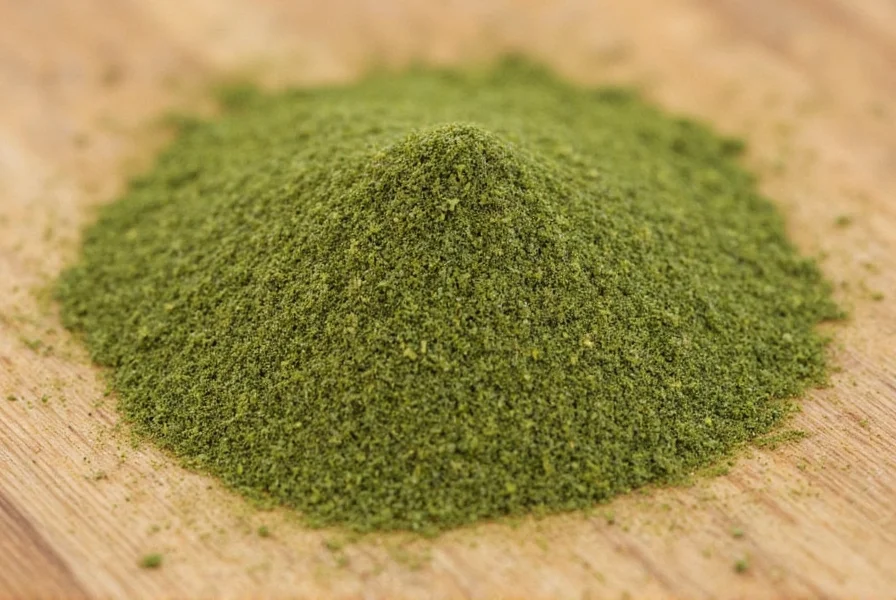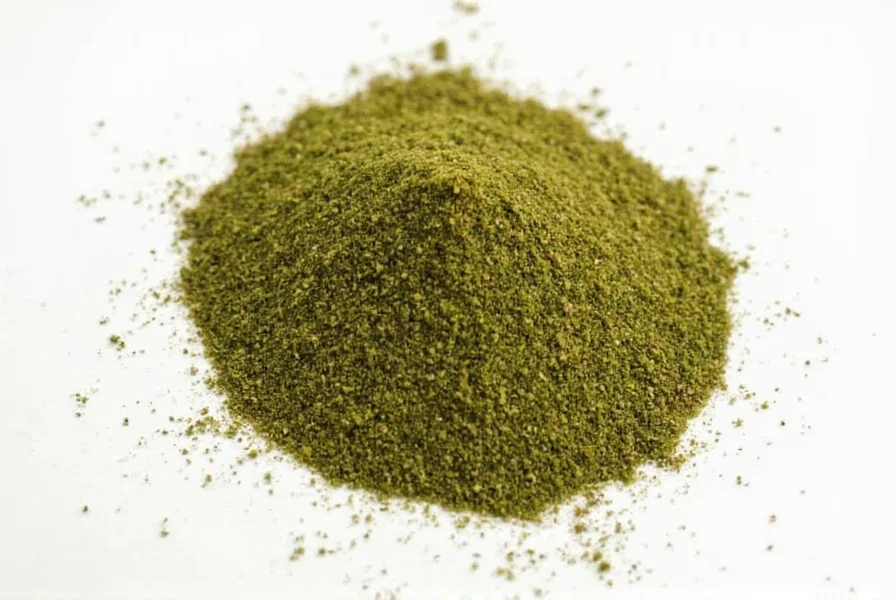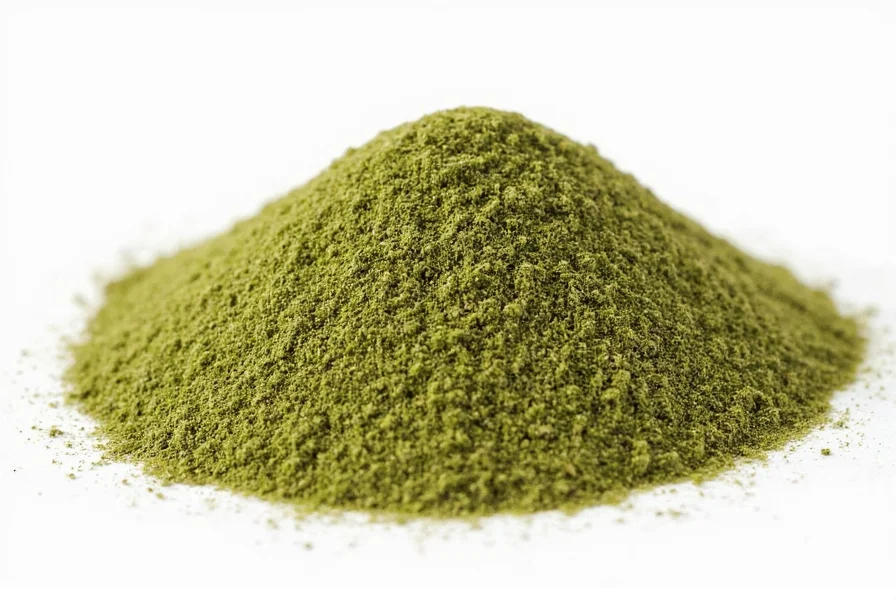Many home cooks searching for \"clover spice\" are actually looking for information about cloves, the popular baking and cooking spice. This common linguistic confusion stems from the similar pronunciation of \"clover\" and \"cloves,\" particularly in certain accents or when spoken quickly.
Understanding the Clover vs. Cloves Confusion
The mix-up between clover and cloves represents a classic case of culinary terminology confusion. While both terms appear in food-related contexts, they refer to completely different botanical entities with distinct properties and uses.
Cloves (not to be confused with clover) have been prized in global cuisines for centuries. These small, nail-shaped dried flower buds deliver a potent, warm, slightly sweet flavor that works beautifully in both sweet and savory applications. From mulled wine to ham glazes to pumpkin pie, cloves remain an essential component in many traditional recipes worldwide.
What Are Cloves? The Actual Spice
Cloves are the unopened flower buds of the Syzygium aromaticum tree, native to Indonesia's Maluku Islands. Harvested when pinkish-red, they're sun-dried until they turn dark brown and develop their characteristic strong aroma.
Professional chefs and home cooks value cloves for their complex flavor profile that includes notes of:
- Warm spice with eugenol as the primary compound
- Subtle sweetness
- Earthy undertones
- Mild bitterness when overused
When using cloves in cooking, remember they're powerful—just one or two can flavor an entire dish. Whole cloves work best for infusions and can be removed before serving, while ground cloves integrate more thoroughly but lose potency faster.
| Characteristic | Cloves (Spice) | Clover (Plant) |
|---|---|---|
| Botanical Name | Syzygium aromaticum | Trifolium spp. |
| Plant Part Used | Dried flower buds | Leaves, flowers (rarely) |
| Culinary Value | High - essential spice | Minimal - not considered a spice |
| Flavor Profile | Warm, sweet, pungent | Mild, grassy, slightly sweet |
| Common Uses | Baking, marinades, spice blends | Teas, salads (limited) |
What About Actual Clover?
True clover refers to plants in the Trifolium genus, most commonly white clover (Trifolium repens) or red clover (Trifolium pratense). While technically edible, clover has never been developed as a culinary spice for several reasons:
- Its flavor profile lacks the complexity and intensity expected of spices
- It doesn't preserve well when dried
- It offers no distinctive culinary properties that would justify its use as a spice
- Historically, no major culinary tradition has incorporated clover as a spice
Some foragers use young clover leaves and flowers in salads or teas, but these applications remain niche and don't constitute \"spice\" usage. The flowers have a mild sweetness but lack the aromatic punch that defines true spices.

Common Culinary Mistakes to Avoid
Understanding the difference between cloves and clover prevents several common kitchen errors:
- Substitution errors: Never substitute clover for cloves in recipes—the flavor profiles differ completely
- Measurement confusion: Cloves are potent; use sparingly (1-2 whole cloves often suffice for a dish serving 4-6)
- Storage mistakes: Keep cloves in airtight containers away from light; they lose potency within 6-12 months
- Overuse: Too many cloves creates bitterness that overwhelms other flavors
Practical Clove Usage Tips
For best results when cooking with cloves:
- Use whole cloves for infusions and remove before serving
- Grind cloves fresh for maximum flavor (pre-ground loses potency quickly)
- Pair with complementary spices like cinnamon, nutmeg, and allspice
- Use in moderation with delicate ingredients that might be overwhelmed
- Try in both sweet applications (baked goods, fruit compotes) and savory dishes (braises, stews, rice dishes)
When following historical recipes that call for \"clover spice,\" always interpret this as cloves. This terminology confusion appears frequently in digitized historical cookbooks where OCR (optical character recognition) technology sometimes misreads \"cloves\" as \"clover.\"

Why This Confusion Persists
The \"clover spice\" misconception continues for several reasons:
- Phonetic similarity: Both words begin with \"cl\" and end with a vowel sound
- Historical recipe transcription: Handwritten recipes sometimes show similar letter formations
- Digital errors: OCR technology occasionally misreads \"cloves\" as \"clover\"
- Vocal miscommunication: Verbal recipe sharing can lead to misunderstandings
Food historians note that this confusion dates back to at least the early 20th century, when recipe sharing became more widespread but standardized spelling hadn't yet taken hold in all culinary contexts.
Frequently Asked Questions
Is clover ever used as a spice in any culinary tradition?
No, clover has never been developed as a culinary spice in any major food tradition. While some foragers use young clover leaves and flowers in salads or teas, these applications don't constitute spice usage due to clover's mild flavor profile and lack of preservation qualities that define true spices.
What's the proper way to store cloves for maximum freshness?
Store whole cloves in an airtight container away from light and heat. Properly stored, they maintain peak flavor for 12-18 months. Ground cloves lose potency more quickly and should be used within 6 months. For longest shelf life, keep cloves in a cool, dark pantry rather than near cooking areas where temperature fluctuates.
Can I substitute something for cloves if I don't have any?
While no perfect substitute exists, allspice offers the closest flavor profile (use half the amount). For sweet applications, a combination of cinnamon and a pinch of nutmeg can work. In savory dishes, star anise provides some similar warm notes. Remember that cloves have a distinctive flavor that's difficult to replicate exactly, so adjust quantities carefully when substituting.
Why do some old recipes mention \"clover spice\"?
Historical recipes mentioning \"clover spice\" almost certainly refer to cloves. This confusion stems from similar handwriting in historical documents, OCR errors in digitized archives, and phonetic similarities. Food historians confirm that \"clover\" was never used as a spice in traditional cooking, making \"cloves\" the only logical interpretation in recipe contexts.
How many whole cloves equal one teaspoon of ground cloves?
Approximately 15 whole cloves yield 1 teaspoon of ground cloves. However, for best flavor, grind cloves fresh as needed since ground cloves lose their volatile oils and potency more quickly. When substituting, remember that whole cloves provide more controlled flavor infusion as they can be removed from dishes before serving.











 浙公网安备
33010002000092号
浙公网安备
33010002000092号 浙B2-20120091-4
浙B2-20120091-4